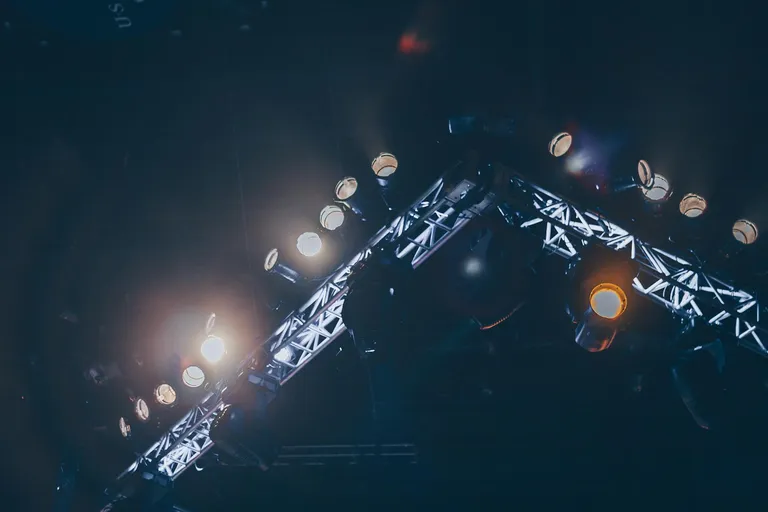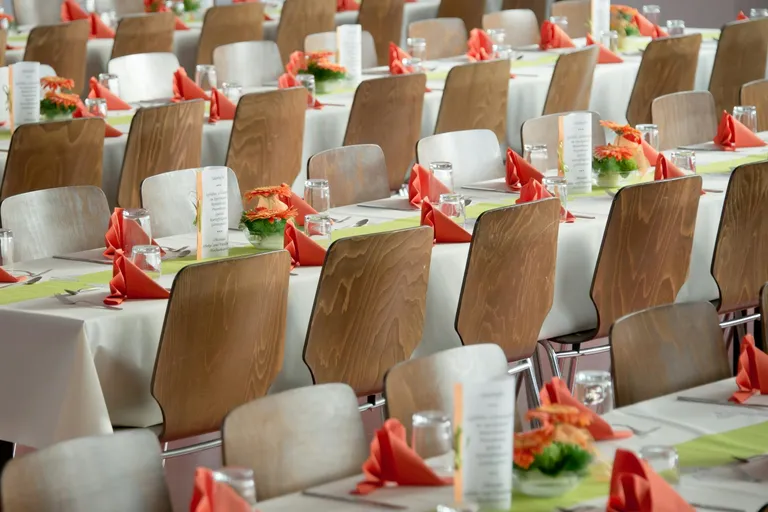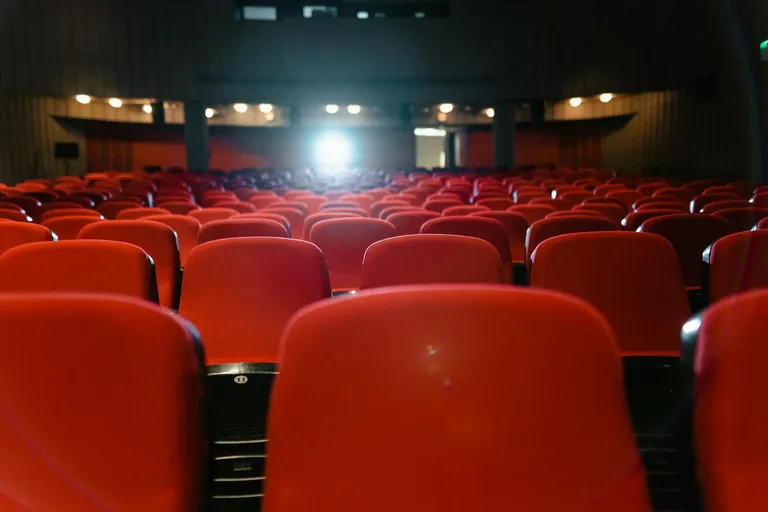By: Brayden
Published: May 14, 2025
Last Updated: May 14, 2025
Event lighting design transforms ordinary spaces into extraordinary experiences. From corporate conferences to theatrical productions, the right lighting creates atmosphere, directs attention, and enhances every moment. This comprehensive guide explores the art and science of event and stage lighting, providing insights for both beginners and seasoned professionals.

The Foundation of Event Lighting Design
Understanding the Basics
Event lighting serves multiple crucial functions:
- Setting the mood and atmosphere
- Ensuring proper visibility
- Highlighting key elements and areas
- Supporting the event narrative
- Creating dynamic visual experiences
The success of any event largely depends on how well these lighting functions are executed and integrated into the overall design.
Essential Lighting Elements

Every lighting design incorporates these fundamental elements:
-
Front Lighting
- Main illumination source
- Ensures visibility of performers or speakers
- Creates depth and dimension
-
Back Lighting
- Separates subjects from backgrounds
- Adds depth to the stage
- Creates silhouettes and dramatic effects
-
Side Lighting
- Provides dimensional modeling
- Enhances texture and form
- Helps define space boundaries
-
Ambient Lighting
- Creates general room atmosphere
- Ensures safe audience movement
- Balances overall lighting levels
Types of Event Lighting Fixtures
Traditional Lighting Equipment
-
PAR Cans
- Versatile wash lights
- Wide beam spread
- Excellent for color washing
-
Fresnel Lights
- Soft-edged beam
- Adjustable focus
- Ideal for stage washing
-
Ellipsoidal Reflector Spotlights
- Sharp beam control
- Pattern projection capability
- Perfect for precise focusing
Modern LED Solutions
LED technology has revolutionized event lighting with:
- Energy efficiency
- Color mixing capabilities
- Reduced heat output
- Lower maintenance requirements
- Wireless control options
Lighting Design Process
Pre-Production Planning
-
Venue Assessment
- Ceiling height evaluation
- Power availability check
- Rigging points identification
- Ambient light analysis
-
Technical Requirements
- Equipment selection
- Power distribution planning
- Control system design
- Backup system preparation
-
Creative Development
- Color scheme selection
- Cueing sequence creation
- Effect programming
- Timing coordination
Implementation Strategies
Setup and Installation
- Equipment placement optimization
- Cable management
- Safety protocol adherence
- Testing and adjustment procedures
Control and Operation
- Console programming
- Cue sheet preparation
- Operator training
- Emergency procedures
Specialized Lighting Applications

Corporate Events
Corporate lighting demands:
- Clean, professional appearance
- Brand color integration
- Presentation support
- Flexible setup options
Stage Productions

Theatrical lighting requires:
- Dynamic scene changes
- Character highlighting
- Mood enhancement
- Special effects capability
Concert Lighting
Music event lighting features:
- High-energy effects
- Synchronized movements
- Audience engagement
- Beat-matched programming
Advanced Lighting Techniques
Color Theory in Practice
Understanding color relationships helps create:
- Emotional responses
- Visual harmony
- Brand consistency
- Atmospheric effects
Movement and Animation
Dynamic lighting incorporates:
- Moving head fixtures
- Scanner effects
- LED pixel mapping
- Video integration
Technical Considerations
Power Management
Proper power distribution includes:
- Load calculation
- Circuit protection
- Backup power planning
- Distribution system design
Control Systems
Modern control options feature:
- DMX protocols
- Wireless control
- Network integration
- Automated backup
Safety and Compliance
Safety Standards
Essential safety measures include:
- Equipment inspection
- Cable management
- Emergency protocols
- Fire safety compliance
Regulatory Compliance
Important regulations cover:
- Electrical codes
- Building permits
- Insurance requirements
- Safety certifications
Environmental Impact
Sustainable Practices
Green lighting initiatives include:
- LED adoption
- Energy monitoring
- Waste reduction
- Recycling programs
Energy Efficiency
Power-saving strategies incorporate:
- Efficient fixture selection
- Smart control systems
- Schedule optimization
- Heat management
Troubleshooting and Maintenance
Common Issues
Regular challenges include:
- DMX signal problems
- Power fluctuations
- Fixture malfunctions
- Control system errors
Preventive Maintenance
Regular maintenance involves:
- Equipment cleaning
- Cable inspection
- Software updates
- Backup testing
Future Trends

Emerging Technologies
Watch for developments in:
- AI-controlled lighting
- Virtual production integration
- Augmented reality enhancement
- Sustainable solutions
Industry Evolution
The field continues to advance with:
- Remote operation capabilities
- Cloud-based control systems
- Interactive lighting solutions
- Enhanced automation
Best Practices
Professional Tips
- Always have backup equipment ready
- Document everything thoroughly
- Conduct multiple test runs
- Maintain clear communication
- Plan for contingencies
Quality Assurance
Ensure success through:
- Detailed checklists
- Regular equipment testing
- Team training
- Client feedback collection
Conclusion
Event and stage lighting design is a complex blend of technical expertise and artistic vision. Success requires understanding both the fundamentals and advanced concepts while staying current with industry developments. Whether you're lighting a corporate presentation or a full-scale concert, the principles outlined in this guide will help create memorable and impactful experiences.
Remember that great lighting design is invisible when done right – it enhances the event without drawing attention to itself. By mastering these techniques and continuously updating your knowledge, you'll be well-equipped to create stunning visual experiences that elevate any event to new heights.
Additional Resources
- Industry associations
- Training programs
- Technical certifications
- Professional networks
- Equipment manufacturers
Keep learning and experimenting with new techniques and technologies to stay at the forefront of event and stage lighting design.
